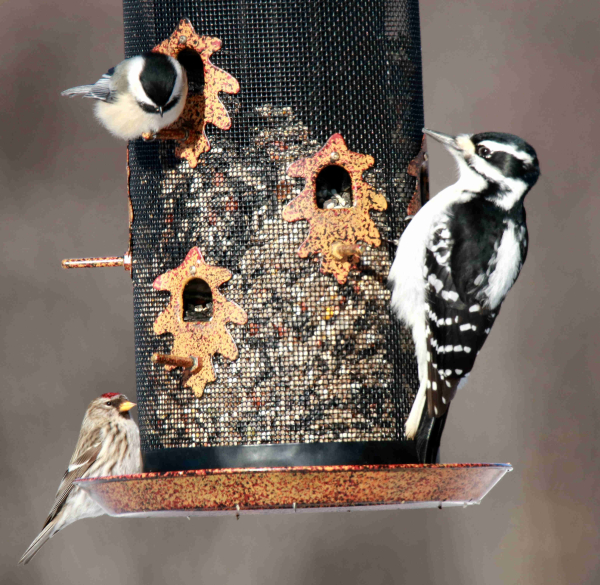Hunters Can Save Tax Dollars and Reduce Vehicle Insurance Claims
By Glen Wunderlich
When residents of the Village of Hastings-on-Hudson, New York were losing their gardens and ornamental landscape specimens to a burgeoning deer herd, it was time to act. As many as 120 deer inhabit the two-square miles of preferred habitat, and subsequently, over-population has posed a real threat to drivers, as well.
Few options exist to control over-population of deer in such small communities across the nation. Deer could be netted and euthanized, captured and surgically sterilized, shot with a sterilizing dart, or hunted.
The village has opted for an experimental birth control program by partnering with the Humane Society of the United States (HSUS). In 2014 and 2015, highly trained staff from HSUS will capture, ear-tag and administer a long-acting form of the porcine zona pellucida (PZP) vaccine to approximately 60 female deer living in the village. Treated deer will be monitored for fawns to determine vaccine effectiveness and longevity for two to three years after initial treatment.
Mayor Peter Swiderski of the Village of Hastings-on-Hudson said, “Hastings is proud to be part of this effort, and more than 120 residents have volunteered to help in various aspects of this study, underscoring the broad support it enjoys in our community. We believe that, should this approach work in Hastings, we will be creating the only viable alternative to lethal methods currently examined and rejected by literally hundreds of communities nationwide that face a similar problem.”
At least, that was the plan. Since then, HSUS agents Rick Naugle and Kayla Grams have pursued deer throughout the neighborhoods with little success. They had tagged and treated just one animal within the first week. Their mission has proved problematic, because they can fire at deer no more than 20 yards away with their air-powered darts, and they are still learning where the animals are.
“It’s a slow process. But next year, by the time we come back here, we’ll have everything figured out,” Naugle said. In the meantime, more deer/vehicle collisions will occur. Oh, and the cost of the experiment is reported to be approximately $30,000 funded by taxpayers and HSUS.
On another front, a similar challenge was being addressed by the town of Indian Hill, Ohio. Police Chief Chuck Schlie of the Indian Hill Rangers Police Department reported a mere 8 deer/vehicle collisions in year 2013 – down from 44 in 1997.
Schlie said the village’s deer-hunting program, which is more than a decade old, is one reason for the decline. “It has helped control the herd and has lowered accidents,” he said.
Obviously, many factors contribute to the manner in which deer over-population can be handled. However, when hunters were asked to step up in the Ohio community – and, to pay for the privilege to hunt problem deer – they did so, and it didn’t cost taxpayers a dime.
Meanwhile, the familiar refrain, “Wait ‘till next year” is all that the Village of Hastings-on-Hudson has to show for its efforts, other than somewhat less in its checkbook.






